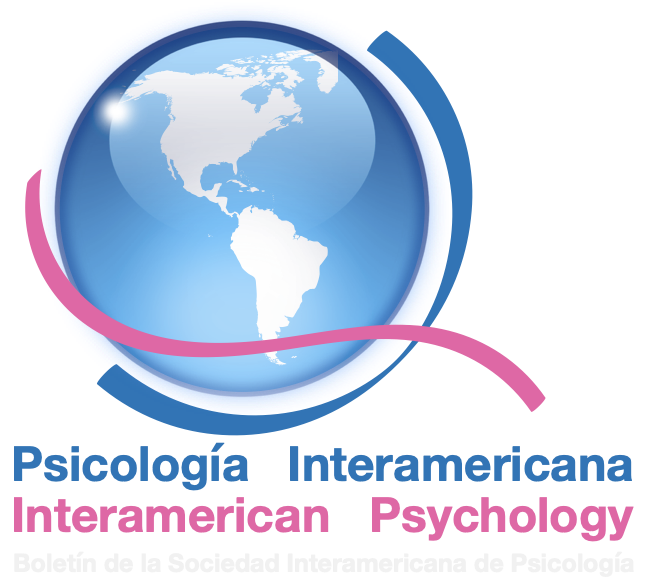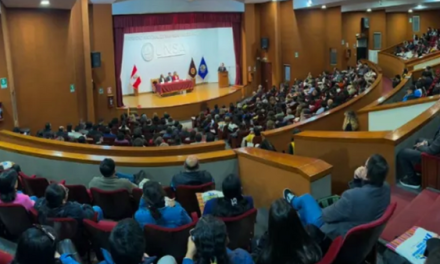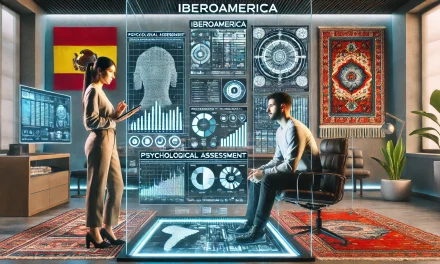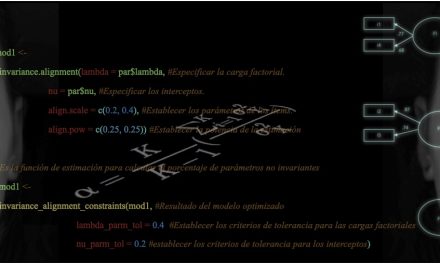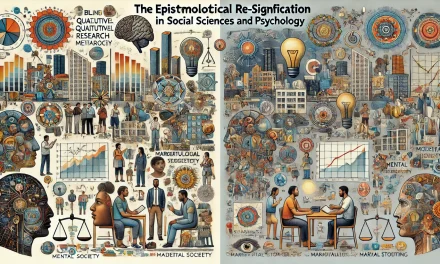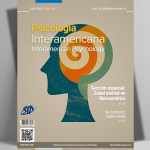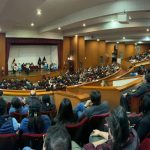
Miners of the Tears of the Earth: Amber from Simojovel, Chiapas, Mexico

Perla Shiomara del Carpio Ovando, Mexico.
When “Mexican amber” is mentioned, reference is usually made to amber from the municipality of Simojovel, Chiapas, which stands out for having active mines, miners, artisans, and craftsmen who work with this fossilized resin that is approximately 23 million years old.
Its extraction is carried out in the framework of artisanal mining, which implies informality, limited technology, labor intensive work, few or no safety protocols, lack of medical and legal protection, invisibility in terms of taxation and absence of formal or official records regarding the living and working conditions of those who perform these jobs.
They are jobs that are carried out in terms of economic precariousness and this represents various risks for miners, for the population of the communities where the mines are located, and for the environment. For the miners, the risks of their job can be physical, chemical, biomechanical and psychosocial issues that are associated with working conditions, other economic efforts to obtain income, ethnic origin (indigenous population), gender (women participate) and population group (adolescents, boys and girls who go through the rubble).
It is necessary to generate strategic alliances to create policies that encourage self-care, promote prevention and health care for those who risk their lives in the hope of extracting the “tears of the earth”.
We need to work together to create public policies that allow the formalization of artisanal amber mining, which would encourage the implementation of technology, protect the environment and improve the safety, living, and working conditions of those in Chiapas that are dedicated to the search and extraction of this time capsule.
Reference
Del Carpio, P. (2023). Factores psicosociales de riesgo de la minería artesanal del ámbar de Simojovel, Chiapas. Culturales, 11(1), 1-37. https://doi.org/10.22234/recu.20231101.e702
Contact: pdelcarpio@ugto.mx
